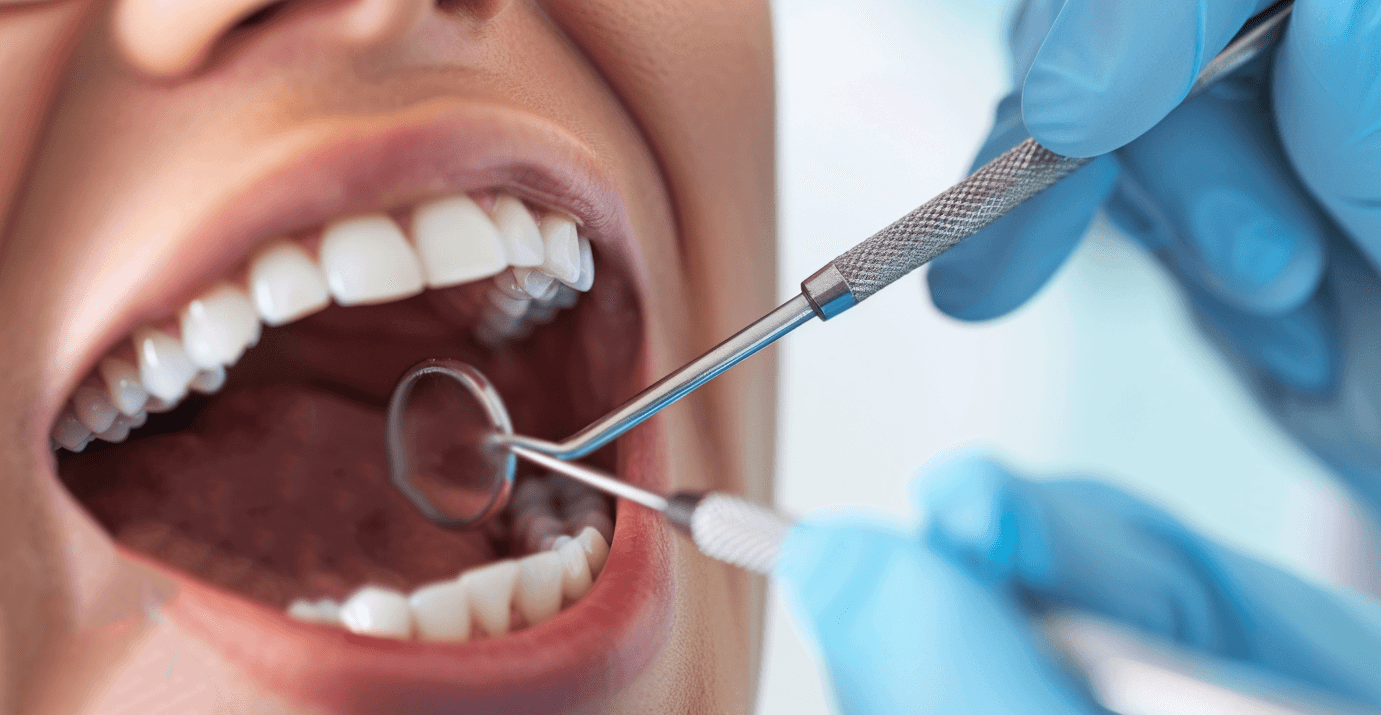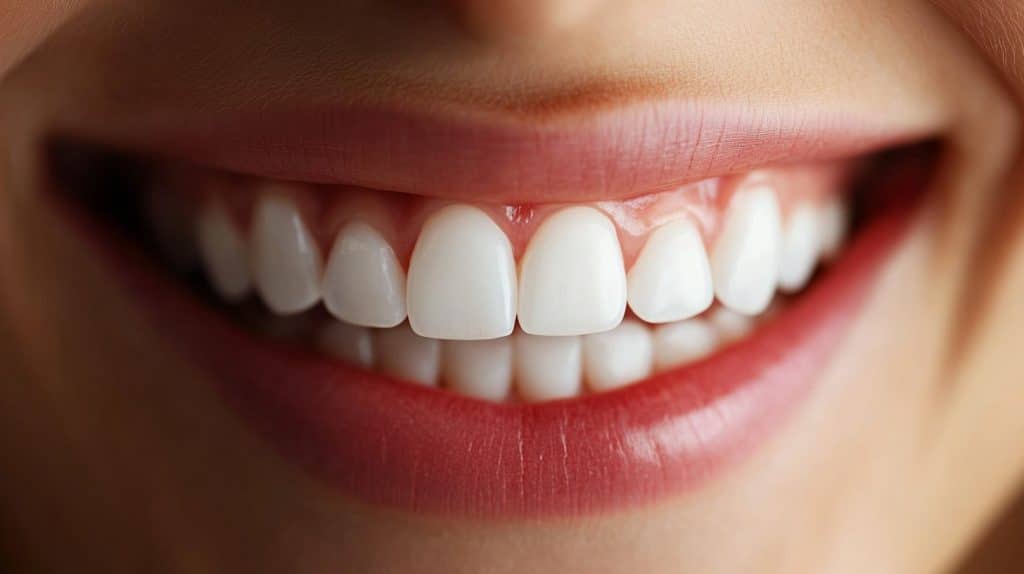Teeth are usually meant to last a lifetime, but there may be several reasons why a tooth may need to be extracted. In the case of deep cavities or extensive damage, where it is not possible to save the tooth, the tooth should be extracted.
Tooth extraction may also be necessary for gum disease, infection, or crowded teeth. Having a tooth extracted doesn’t have to be something to worry about because with modern dental care techniques, it has become a relatively painless and routine treatment.
Innholdsfortegnelse
ToggleReasons for tooth extraction
There are several possible reasons why a tooth may need to be extracted. One of the most common reasons is tooth decay and cavities. Tooth extraction may be necessary in cases of extensive tooth decay (cavities in the teeth).
When a cavity becomes too deep and reaches the nerve, it can cause intense pain and infection. If root canal or other treatments cannot save the tooth, it will need to be extracted.

Another possible cause is periodontitis, or severe gum disease, which can damage the tissue and bone that support your teeth. When this support weakens, your teeth can become loose and eventually fall out or need to be extracted. Both cavities and other conditions like gum disease can cause a tooth infection. And if the tooth infection can’t be treated with antibiotics or other treatments, it may be necessary to extract the tooth to prevent the infection from spreading to the rest of your mouth and to relieve pain.
In some cases, especially before orthodontics, it may actually be necessary to extract a tooth without a cavity or infection to make room for the other teeth so they can straighten properly.
The process of tooth extraction
The tooth extraction procedure begins with a thorough examination of the tooth and surrounding tissue. X-rays are often taken to assess the tooth and the bone structure around it. The dentist will then discuss the various treatment options with the patient.

Before the tooth is extracted, the dentist will administer a local anesthetic to numb the area around the tooth to be extracted. This ensures that the patient does not experience pain during the procedure. In some cases, the patient may also be offered stronger medications to help reduce anxiety and make the procedure more comfortable.
After a tooth extraction, it is important to follow your dentist’s instructions to promote healing and reduce the risk of complications such as infection. These are also an important part of the process and may include, for example, avoiding certain hard foods, applying ice packs to reduce swelling, and staying hydrated.
Be extra careful when brushing your teeth for a few days after a tooth is pulled . Although tooth extraction is generally a safe procedure, complications can occur, especially if you have poor oral hygiene in the period after the tooth is pulled.
If you want a more thorough explanation of the actual process of removing the tooth, you can find it here .
Tooth extraction can seem daunting, but in many cases it is a necessary and often simple procedure that can improve your overall dental health. By understanding the process and following the proper aftercare, patients can ensure a quick and successful tooth extraction.






